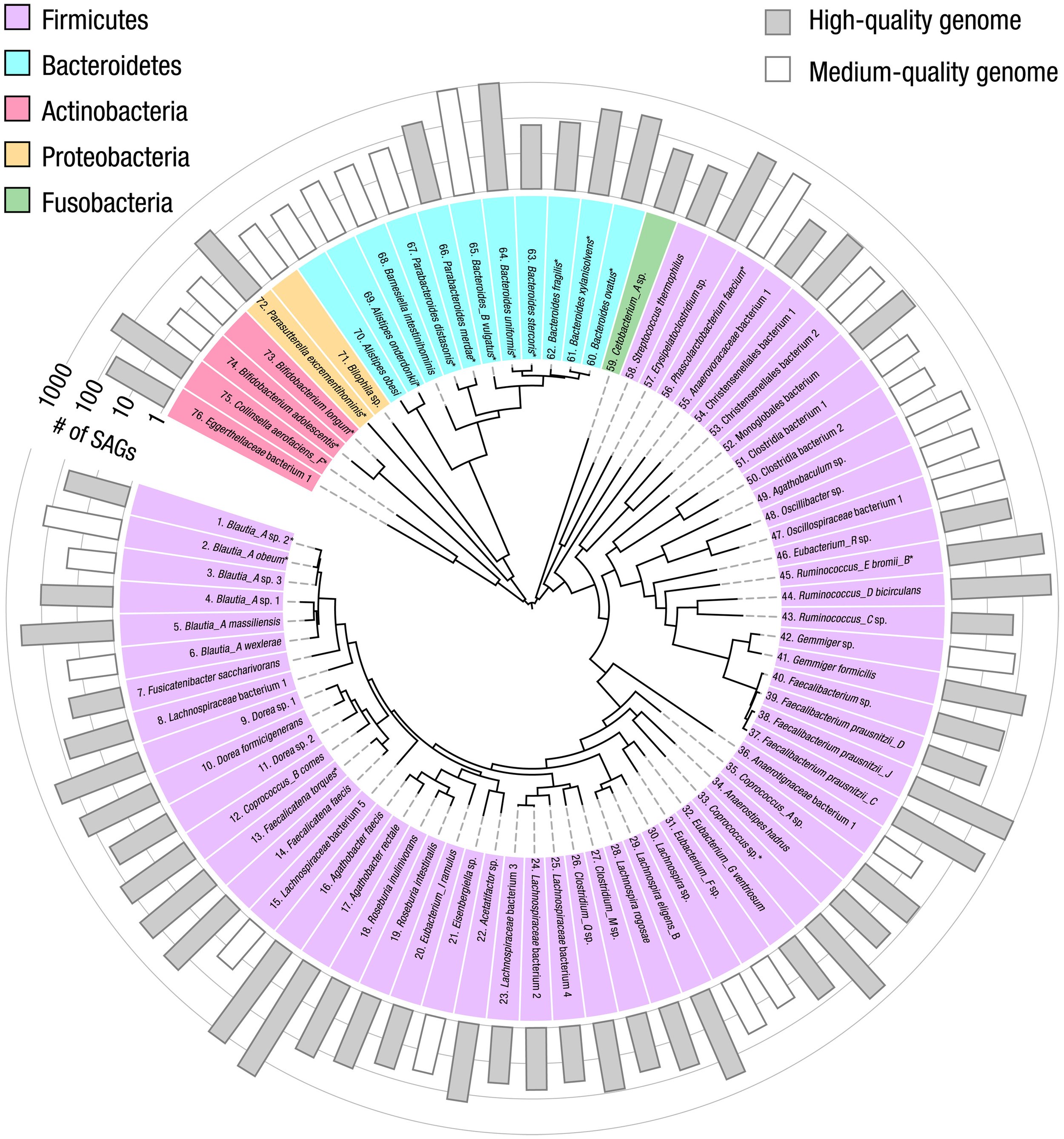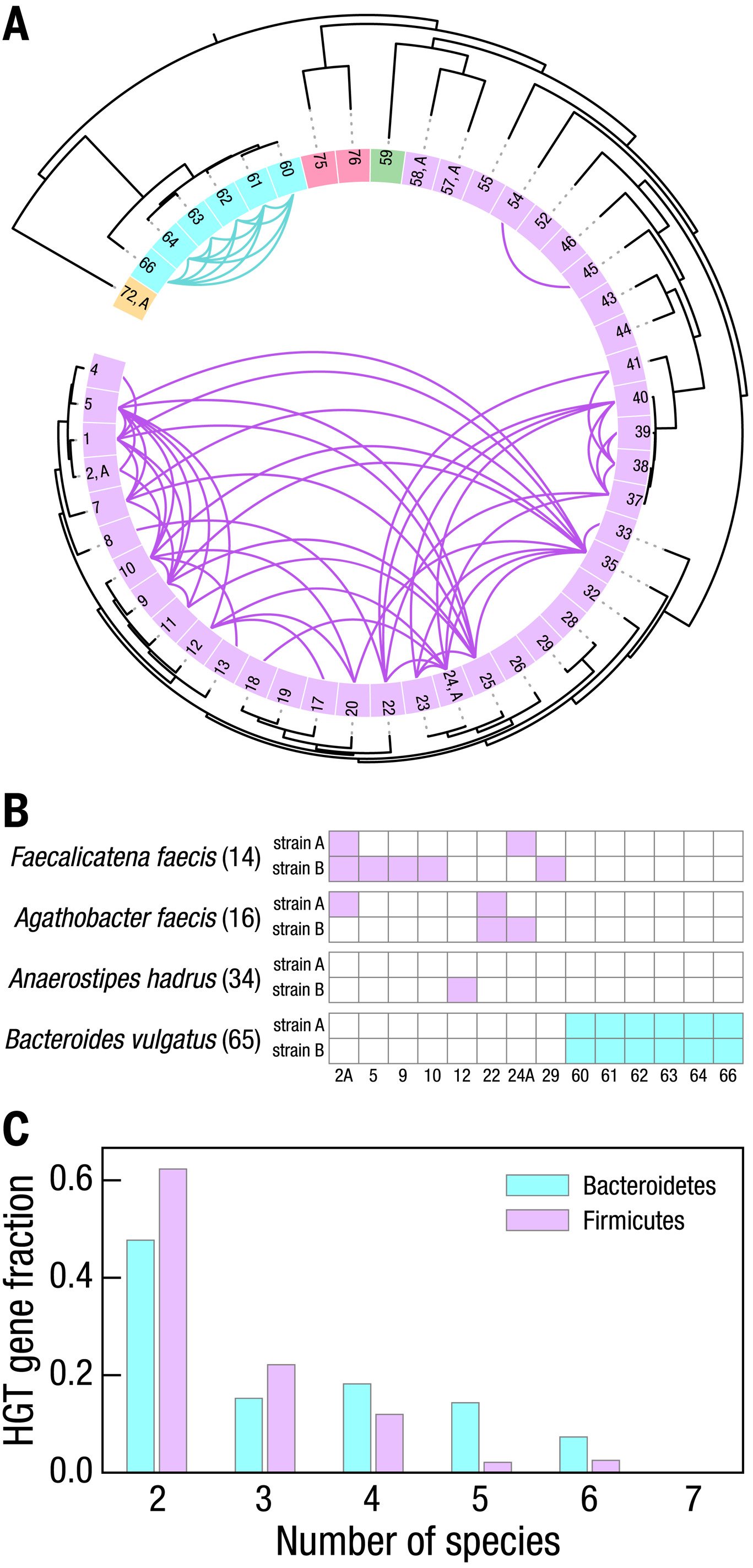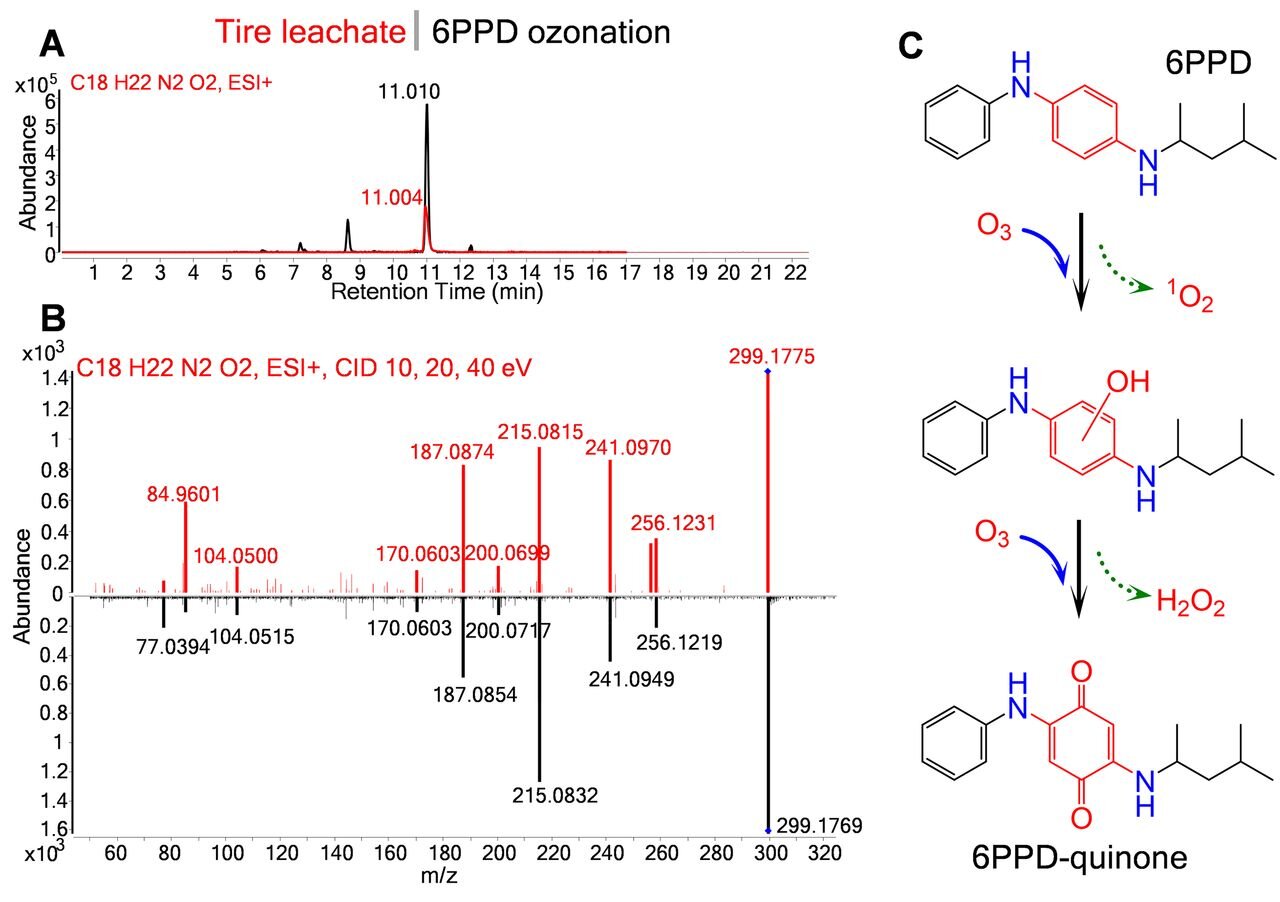Intermittent fasting is a “trend” spoken of often in “Mom “and “health and fitness” groups. But what is it and what does the medical establishment say about the risks and benefits of intermittent fasting? Dr. Stephanie Welton and Dr. Len Kell have published in the journal of Canadian Family Physicians a systematic review of the available literature on controlled studies on intermittent fasting. Their results may surprise you.
”Weight regain did occur after 6 months. Five studies followed participants for 6 months or longer after completing IF interventions of 8 weeks to 1 year and most studies saw body weight increase by 1% to 2% of their weight nadir.”
My conclusion: More research is needed. The vast majority of studies were far less than a year in duration. If it seems too good to be true, it probably is!
AUTHORS: Stephanie Welton, Robert Minty, Teresa O’Driscoll, Hannah Willms, Denise Poirier, Sharen Madden and Len Kelly. Canadian Family Physician February 2020, 66 (2) 117-125;
Abstract
Objective To examine the evidence for intermittent fasting (IF), an alternative to calorie-restricted diets, in treating obesity, an important health concern in Canada with few effective office-based treatment strategies.
Data Sources A MEDLINE and EMBASE search from January 1, 2000, to July 1, 2019, yielded 1200 results using the key words fasting, time restricted feeding, meal skipping, alternate day fasting, intermittent fasting, and reduced meal frequency.
Study selection Forty-one articles describing 27 trials addressed weight loss in overweight and obese patients: 18 small randomized controlled trials (level I evidence) and 9 trials comparing weight after IF to baseline weight with no control group (level II evidence). Studies were often of short duration (2 to 26 weeks) with low enrolment (10 to 244 participants); 2 were of 1-year duration. Protocols varied, with only 5 studies including patients with type 2 diabetes.
Synthesis All 27 IF trials found weight loss of 0.8% to 13.0% of baseline weight with no serious adverse events. Twelve studies comparing IF to calorie restriction found equivalent results. The 5 studies that included patients with type 2 diabetes documented improved glycemic control.
Conclusion Intermittent fasting shows promise for the treatment of obesity. To date, the studies have been small and of short duration. Longer-term research is needed to understand the sustainable role IF can play in weight loss.
In 2018, 63.1% of Canadian adults were overweight or obese.1 Obesity is a risk factor for cardiovascular disease and type 2 diabetes.2,3 As obesity rates climb, there is increasing focus on dietary interventions, the most common being calorie-restricted diets, which achieve initial but often unsustained weight loss.4 There is recent interest in the use of fasting for the treatment of obesity5–7 and diabetes.8,9 Intermittent fasting (IF) refers to regular periods with no or very limited caloric intake. It commonly consists of a daily fast for 16 hours, a 24-hour fast on alternate days, or a fast 2 days per week on non-consecutive days.8 During fasting, caloric consumption often ranges from zero to 25% of caloric needs. Consumption on nonfasting days might be ad libitum, restricted to a certain diet composition, or aimed to reach a specific caloric intake of up to 125% of regular caloric needs.9 Various terms are used to describe regular intermittent calorie abstention, including intermittent fasting, alternate-day fasting, reduced meal frequency, and time-restricted feeding. Intermittent fasting can be used with unrestricted consumption when not fasting or in conjunction with other dietary interventions. This review provides the most recent evidence on IF’s effects on weight loss and the potential role it plays in primary care treatment of obesity.
DATA SOURCES
An EMBASE and MEDLINE search of articles from January 1, 2000, to July 1, 2019, returned 1200 unique results using the key words alternate day fasting, intermittent fasting, fasting, time restricted feeding, meal skipping, and reduced meal frequency. We included English-language studies that focused on weight loss for overweight and obese participants (body mass index [BMI] of ≥ 25 kg/m2) and excluded studies of very short duration (< 2 weeks), studies of those requiring inpatient treatment, or studies focused on stroke, seizures, or other specific medical conditions. Following these exclusions 41 articles remained, describing 27 unique experiments: 18 small randomized controlled trials (level I evidence) and 9 trials comparing weight after IF to baseline weight with no control group (level II evidence) (Table 1).10–50 Levels of evidence are classified according to the Canadian Task Force on Preventive Health Care.
SYNTHESIS
Study design
Study interventions incorporated IF in a variety of ways, from a 24-hour fast several days per week (eg, the “5 and 2” protocol)11,16,17,21,27,28,35,41,42,50 to a daily 16-hour fast.10,12,25,34 The most common study design was to alternate 24-hour periods of fasting with unrestricted consumption (alternating fast and feast days).13,15,19,20,22–24,29,33,38,43,47,49 Study protocols also varied in their recommendations on caloric intake, enrolment of patients with diabetes, presence of a control group, and study duration. Some studies restricted calories while others allowed ad libitum consumption when not fasting. The rigour of fasting also varied, with several studies allowing 25% of regular caloric consumption during fasting periods. Comparator groups to IF diets followed a usual diet13,20,25,43,49 or calorie-restricted diet.11,15–17,19,22,27,28,33,41–43
While patients with diabetes were commonly excluded (Table 2),10,11,13,15,19–25,27–29,32,33,35,37,38,40–43,47,49,50 5 studies enrolled only those with type 2 diabetes (n = 174 patients) (Table 3).12,16,17,21,34 In both diabetic and non-diabetic populations, cardiovascular risk factors were reduced. When diet composition was controlled, most protocols were consistent with Health Canada and American Heart Association guidelines at the time: 55% carbohydrates, 20% fat, and 25% protein.51,52 The most common alternative was unrestricted consumption. An enrichment of protein was considered in 5 studies at the expense of carbohydrate intake.12,15,16,28,50 Two followed a Mediterranean-type diet.27,42 Fat consumption was examined in 1 study, which compared dietary fat intake of 45% versus 25%, at the expense of carbohydrate intake.37 Sixteen studies included dietary education, with participants choosing their own meals, while 11 supplied all or part of the diet.1,13,19,23,29,33,34,37,43,47,49 Others did not require a specific dietary composition outside of the fasting period.
Table 2.
Outcomes of risk factors for cardiovascular disease and type 2 diabetes in 26 individual studies of 22 intermittent fasting trials enrolling obese adults without type 2 diabetes
Table 3.
Outcomes of risk factors for cardiovascular disease and type 2 diabetes in 5 intermittent fasting studies enrolling obese adults with type 2 diabetes
Studies were of limited size and duration: 18 of 27 trials analyzed fewer than 60 participants and were 12 weeks or fewer in duration. The longest studies lasted 1 year and had 137 to 244 participants.17,28 Several studies had follow-up periods after the intervention ranging from 2 weeks to 1 year.12,15,18,19,41–43,50
Weight loss
In all 27 trials (n = 944 IF participants), IF resulted in weight loss, ranging from 0.8% to 13.0% of baseline body weight (Table 1).10–50 Weight loss occurred regardless of changes in overall caloric intake.43,53 In the 16 studies of 2 to 12 weeks’ duration that measured BMI, BMI decreased, on average, by 4.3% to a median of 33.2 kg/m2.10,12,13,19–21,23–25,29,34,35,37,47,50 Waist circumference decreased by 3 cm to 8 cm in studies longer than 4 weeks that recorded it.13,21,23,24,27,33–35,37,41,42,47
Twelve studies used calorie-restricted diets as a comparator to IF and found equivalent weight loss in both groups. 11,15–17,19,22,27,28,33,41–43 Study duration was 8 weeks to 1 year, with a combined total of 1206 participants (527 undergoing IF, 572 using calorie restriction, and 107 control participants) and demonstrated weight loss of 4.6% to 13.0%.11,15–17,19,22,27,28,33,41–43 Adherence appears similar for both weight loss strategies.15,17,27,28 The largest study comparing IF with calorie restriction was by Headland et al in 2019 of 244 obese adults who achieved a mean 4.97-kg weight loss over 52 weeks versus a mean weight loss of 6.65 kg with calorie-restricted diets (P = .24).28 All of the 11 other comparisons of IF and calorie-restriction diets also found similar results between both groups.11,15–17,19,22,27,33,41–43 In several of these studies, those in the IF group consumed the same amount of calories22,41–43 or less19,27,33 than those in the calorie-restriction group. Four studies combined fasting and calorie restriction on the non-fasting days and found comparable weight loss to other studies (3.4% to 10.6%).15,23,33,35 In a direct comparison of 88 participants over 8 weeks, IF combined with restricting calories to 30% less than their calculated energy requirements led to greater weight loss versus IF alone (P ≤ .05).33
Most of the weight loss with IF is fat loss.13,17,19,20,22,28,29,33,35,43,47,53 A 2011 study by Harvie et al calculated that 79% of weight loss was owing to loss of fat specifically (level I evidence).27 Participants regained some weight during follow-up after intervention, although average body weight remained statistically significantly lower than baseline levels.15,18,19,41–43,50 Weight regain did occur after 6 months. Five studies followed participants for 6 months or longer after completing IF interventions of 8 weeks to 1 year and most studies saw body weight increase by 1% to 2% of their weight nadir.18,19,41,43,50 Catenacci et al found a mean 2.6-kg regain over 6 months,19 and Schübel et al41 and Trepanowski et al43 each found a regain of 2% of baseline body weight. The year-long study by Carter et al of 137 participants was the exception, demonstrating a maintained weight loss.18 Zuo et al saw a BMI increase of less than 1% during a year-long follow-up period after 12 weeks of IF.50 In 6 comparisons of IF and calorie restriction, the amount of weight regained after IF and calorie restriction was similar.15,18,19,41–43 The 2016 study by Catenacci et al showed differing patterns of weight regain. In the 11 IF patients who completed follow-up, this was limited to lean body mass, while the 10 calorie-restricted patients who completed follow-up regained both fat and lean body mass.19
The practical length of a fast to effect changes in weight appears to be 16 hours. In IF studies with a daily fasting intervention, a total of 120 participants were able to maintain a minimum daily fast of about 16 hours (15.8 to 16.8 hours), with an 8-hour eating window each day.10,12,25,34 Arnason et al found that participants were able to fast for an average of 16.8 hours per day, rather than the 18- to 20-hour goal they had set.12 Combining exercise with IF improved weight loss in a 2013 study by Bhutani et al of 64 obese patients. They found weight loss doubled (6 kg) when exercise was added to IF (level I evidence).13 In 2019, Cho et al found no improvement in weight loss when exercise was added to IF (n = 31) (level I evidence).20 There were high dropout rates (≥ 25%) in several IF studies,11,13,20,25,28,43,50 which compare poorly to the 12% to 14% dropout rates of other long-term diets: Atkins, Zone, LEARN (Lifestyle, Exercise, Attitudes, Relationships, and Nutrition), and Ornish.54 In direct comparisons of IF to calorie restriction, the 2 have similar dropout rates.11,15–17,19,22,27,28,33,41–43 Across the IF studies, adherence to fasting ranged from 77% to 98% (n = 265).10,11,13,17,21,29,38 In a 2009 study, Varady et al found weight loss was directly related to percentage of adherent days per week (level II evidence).47
Intermittent fasting studies generally find that hunger levels remain stable22,31 or decrease during IF.38,45 A study of 30 participants over 12 weeks by Varady et al found reports of hunger during IF were no higher than with unrestricted consumption (level I evidence).49 Kroeger et al found that among those with the highest weight losses over 12 weeks of IF, hunger decreased and fullness increased.45 In the study by Harvie et al, 15% of participants reported hunger.27 Sundfør et al saw higher reported hunger in the IF group compared with those in the calorie restriction group.42
Ramadan is a culturally determined example of IF for many Muslims. Those who fast often do so for approximately 14 hours per day for 30 days, presenting a real-world opportunity for examining effects of fasting.55–62 Eight Ramadan studies examined weight loss in obese adults (n = 856).55–62 Weight losses ranged from 0.1 kg58 to 1.8 kg61 (level II evidence). Studies enrolling participants with diabetes saw a modest improvement in glycemic control.58,60,62 Diabetes Canada issued detailed recommendations on management of patients with diabetes during Ramadan in February 2019.63 Their expert panel recommends individualized risk stratification, glucose monitoring, and treatment with medications with low hypoglycemia risk profiles.63
Diabetes
While IF is a moderately successful strategy for weight loss, it shows promise for improving glycemic control. Five studies exclusively enrolled individuals with type 2 diabetes (Table 3).12,16,17,21,34 Kahleova et al compared a daily fast of at least 16 hours to caloric restriction (n = 54).34 Both groups experienced decreases in insulin levels but IF participants had significantly lower fasting glucose levels (−0.78 mmol/L vs −0.47 mmol/L, P < .05). Increased oral glucose insulin sensitivity, decreased C-peptide levels, and decreased glucagon levels were also statistically significantly greater in the IF group. The decrease in hemoglobin A1c level was similar between the IF and calorie-restricted groups—a 0.25% decrease over 12 weeks (level I evidence).34
In a 2016 pilot study, Carter et al implemented a fast 2 days per week with an otherwise usual diet versus caloric restriction every day in participants with diabetes (n = 51).16 Medication use was reduced and hemoglobin A1c levels decreased significantly (by 0.7%) during the 12-week study (P < .001), but the effect of IF on weight did not differ from that of caloric restriction (level I evidence).16 The 2018 trial that followed (n = 137) saw the same result over 12 months of IF or calorie restriction (level I evidence).17 The improvements in hemoglobin A1c level were lost during the 12 months after IF, although weight losses and medication reductions remained.18 In the 2017 Saskatchewan study by Arnason et al, 10 participants with type 2 diabetes fasted an average of 16.8 hours per day for 2 weeks.12 They found improved glycemic control with lower morning, postprandial, and average mean daily glucose levels (level II evidence).12 These improvements regressed once participants returned to their usual diets. Corley et al enrolled 41 individuals with diabetes in a 2018 study of twice-weekly 1-day fasts for 12 weeks; fasting glucose levels decreased by 1.1 mmol/L and hemoglobin A1c levels by 0.7% (level II evidence),21 a decline similar to that in the earlier study by Carter et al.16 Kahleova et al found a more modest decrease in blood glucose levels (−0.78 mmol/L) with a daily 16-hour fast; no adverse events were reported.34
Use of IF in patients with diabetes poses a risk of hypoglycemia. Olansky suggests adjusting medication in patients with type 2 diabetes taking insulin or insulin secretagogues (eg, sulfonylureas).64 Other hypoglycemic agents such as metformin, glucagonlike peptide 1 agonists, dipeptidyl peptidase 4 inhibitors, and α-glucosidase inhibitors are considered less likely to cause hypoglycemia (level III evidence).64 Olansky indicates that adjustments might not be required to long-acting basal insulin, but that short-acting analogues should be reduced on fasting days to reflect the timing of meals and anticipated carbohydrate intake (level III evidence).64 Premixed insulins (ie, intermediate-acting and short-acting insulin) are not recommended during IF, as they are not adaptable to changes in meal timing and calories.64 Corley et al reduced any insulin use by up to 70% on fasting days.21 Hypoglycemic events (blood glucose level ≤ 4.0 mmol/L) in that study (n = 41) were experienced on average every 43 days, with no severe hypoglycemic events (ie, requiring assistance of another person).21 Carter et al proposed lessening the risk of hypoglycemic events through pretrial discontinuation of all insulin and sulfonylureas when participants’ baseline hemoglobin A1c levels were less than 7%; discontinuation of insulin only on fast days if hemoglobin A1c levels were between 7% and 10%; and no change in medication if hemoglobin A1c levels were greater than 10%.16,65 This protocol was later modified to decrease long-acting insulin by 10 units while fasting.17 Arnason et al found no hypoglycemia among 10 participants with type 2 diabetes during a 2-week period with daily fasts averaging 16.8 hours; however, their study excluded those taking insulin.12
Adverse events
No serious adverse events were reported in the 27 IF trials. Fasting-related safety concerns include mood-related side effects and binge eating, among other symptoms. Obese participants observing a fast every second day did not develop binge-eating patterns19,26 or purgative behaviour,26,30 and reported improved body image and less depression.26,30 During the 6-month study by Harvie et al, 32% of participants reported less depression and increased positive mood and self-confidence.27 Study participants also occasionally reported dizziness,10,26,30,42 general weakness,26,27,30,41 bad breath,30 headache,10,27,41,42 feeling cold,27,41 lack of concentration,27,41 sleep disturbance,42,30 nausea,42 and constipation.27,30 When compared with baseline, these symptoms were unchanged with fasting.26,30
Conclusion
Obesity treatment will always be a challenge in primary care. We have limited effective options to recommend to overweight and obese patients, many of whom have doubtless already participated in calorie-restricted diets. The heterogeneity in the current evidence limits comparison of IF to other weight-loss strategies. Intermittent fasting shows promise as a primary care intervention for obesity, but little is known about long-term sustainability and health effects. Longer-duration studies are needed to understand how IF might contribute to effective weight-loss strategies.






































![Figure 1: Incidence of breast cancer. (A) hereditary breast cancer accounts for 5–10% of all breast cancer cases. (B) BRCA1/BRCA2 pathogenic variant breast cancer accounts for up to 60% of all hereditary breast cancer cases [97]. Copyright…](https://images.squarespace-cdn.com/content/v1/5e9a4d68ac7d5a52ec5b6510/1595459679267-4028MBZQ76R846M4XTKS/Breast+Cancer+and+Genes+Mar+2020.jpg)